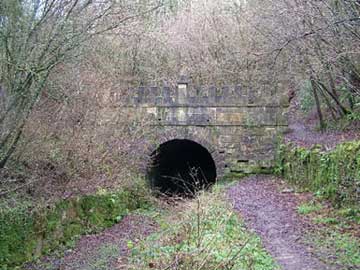We know from the description of the part the river played in the stand-off between Stephen and Matilda in the early twelfth century that it was then much deeper and wider than now. The civil war map of 1648 confirms this and says the river is 10 or 12 foot deep and 18 foot over in most places. Very early maps show the river prominently indicating that it was navigable – certainly for small or flat bottomed craft. For larger vessels temporary dams were used to raise the water level. Did the stone for the Abbey arrive by water?
John Aubrey dwells at length on a scheme to build a canal between the Avon and Thames so opening up the possibility of traffic between London and “Bristow” the first proposal linked the Thames at Ashton Keynes to the North Avon at Charlton. This was first suggested by Henry Brigges. Professor at Oxford University in 1626. Aubrey records ‘ that there had been a long calme of peace, and men minded nothing but pleasure and luxury’ and so nothing was done. Aubrey was intrigued by this idea and continued to promote it – first to Cromwell and then to the restored king, but to no avail. He didn’t give up and in 1682 John Collins took up the scheme. Two plans were postulated the original one between Ashton Keynes and Charlton and another grandiose route to run from Bristol just south of Malmesbury to Wootton Bassett. It was suggested this would cost £40,000 whereas the shorter route might be done for £3000. Neither was built!
Around 1800 canals were all the rage and much effort went in hatching and building schemes. The Thames and Severn canal which was completed in 1789 runs eight miles to the north at Sapperton. The tunnel there, through which the barges were legged, was the longest then built at 3490 metres (2.1 miles).
The Wilts and Berks canal (the official title) was built between 1796 and 1810 linking the Kennet and Avon canal at Semington, near Devizes, with the Thames by Abingdon; it had spurs to Chippenham and Calne.
The North Wilts canal was opened in 1819. It linked the Thames and Severn canal with the Wilts and Berks which it joined in the middle of Swindon.
Malmesbury was thus ringed with canals but none very close. Hay’s Wharf to the west of Swindon was the nearest loading point.



